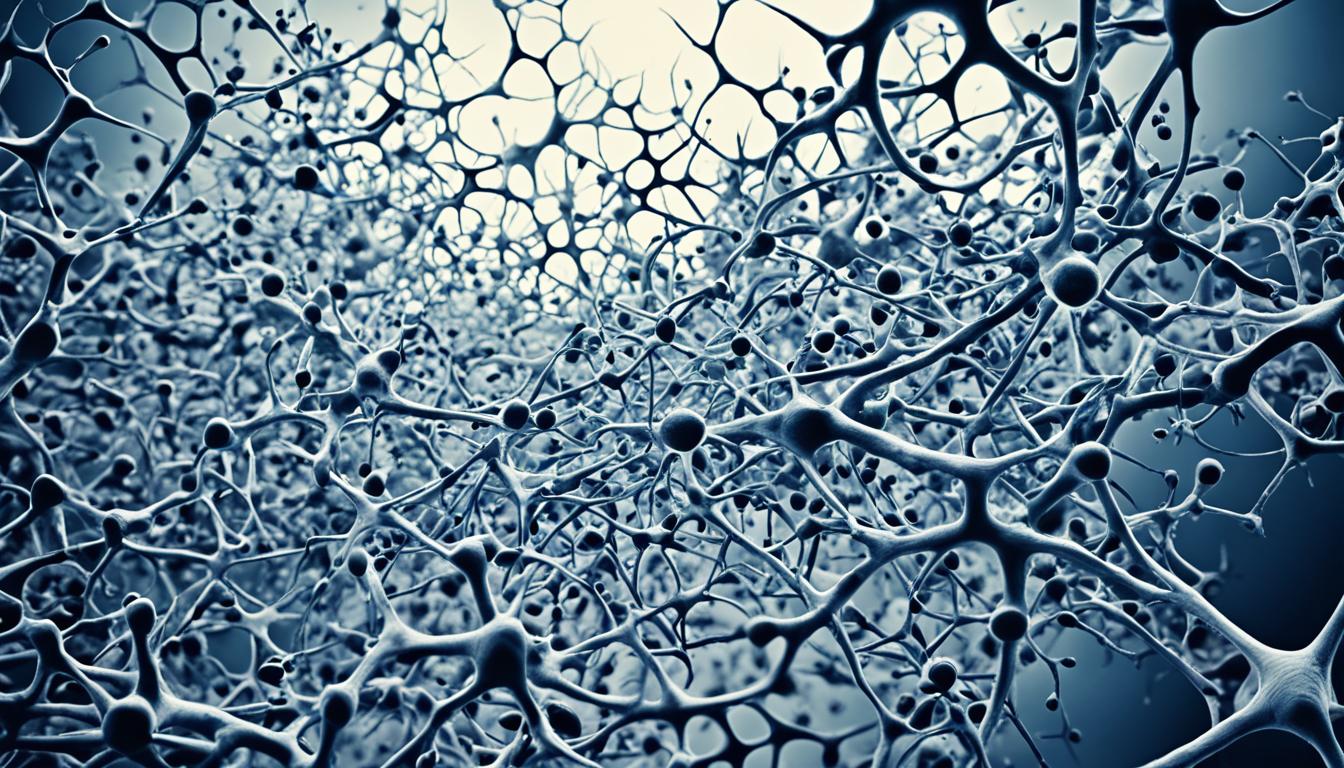Carcinoid tumors are a specific kind of neuroendocrine tumor. They can appear in different organs, like the appendix or the pancreas. These tumors may not show signs for a long time and can be either not harmful or cancerous.
The effects of these tumors differ based on where they are and how big they get. You might notice skin flushing, frequent diarrhea, or changes in your heart’s health. Sometimes, these signs come and go, and they might seem like issues from other illnesses.
Finding out if someone has a carcinoid tumor requires detailed tests and exams. These include looking closely at the body’s internal images and studying tissue samples. This process helps doctors know exactly where a tumor is and what to do next.
Dealing with carcinoid tumors might lead to surgery, chemo, or radiation. For smaller ones found early, taking them out surgically is often the best step. Yet, if they’re bigger or more advanced, chemo or radiation can help first. Stem cell therapy is also showing promise lately. It could offer new chance for recovery in the future.
Key Takeaways:
- Carcinoid tumors are a type of neuroendocrine tumor that can occur in various organs of the body.
- These tumors can be either benign or malignant and often remain clinically silent for many years.
- Common symptoms of carcinoid tumors include skin flushing, diarrhea, heart disease, wheezing, and skin changes.
- Diagnosis relies on thorough imaging studies and pathology testing to determine the location and extent of the tumors.
- Treatment options include surgery, chemotherapy, radiation therapy, and emerging treatments like stem cell therapy.
Causes and Risk Factors of Carcinoid Tumors
Carcinoid tumors are complex and develop from many factors. It’s important to know these causes for early detection and prevention. Let’s look into what leads to these tumors.
Genetics:
Genetic factors greatly impact carcinoid tumor occurrence. Certain conditions, like MEN1 and NF1, can increase your risk. Additionally, mutations in your genes can make these tumors more likely.
External Factors:
Things outside your body can also play a part in getting carcinoid tumors. Smoking, exposure to chemicals and asbestos, and infections can up your risk. So can too much UV radiation from the sun, radiation therapy, and drinking a lot of alcohol. Knowing these risks and avoiding them is key to prevention.
Internal Factors:
Factors within you, like age and family cancer history, also matter. Getting older means you might have a higher risk. If your family has a history of cancer, especially MEN1, your risk goes up too. It’s important to get checked early if you have these concerns.
Reducing the Risk:
We don’t know all the exact reasons for carcinoid tumors, but we can act to lower our risks. Living healthy, eating right, exercising, and avoiding harmful things can help. And, it’s crucial to get your regular check-ups, especially if you’re at higher risk.
Learning about the causes and risks of carcinoid tumors empowers us to keep healthy.
Diagnosis, Treatment, and Prognosis of Carcinoid Tumors
Doctors mainly diagnose carcinoid tumors by looking at cells under a microscope. This is done through a biopsy. They may also use imaging scans and check for certain markers in the blood, like CEA and CA153.
Treatment depends on where the tumors are, their type, and how severe they are. In the early stages, doctors often remove the tumor with surgery. If the cancer is more advanced, they might use radiation or chemo. These treatments can be used to make the tumor smaller before surgery or on their own.
The outlook for those with carcinoid tumors changes based on a few things, like where the tumor is and if it’s spread. The person’s overall health matters too. Newer treatments, such as stem cell therapy, could help improve survival chances for these patients.

